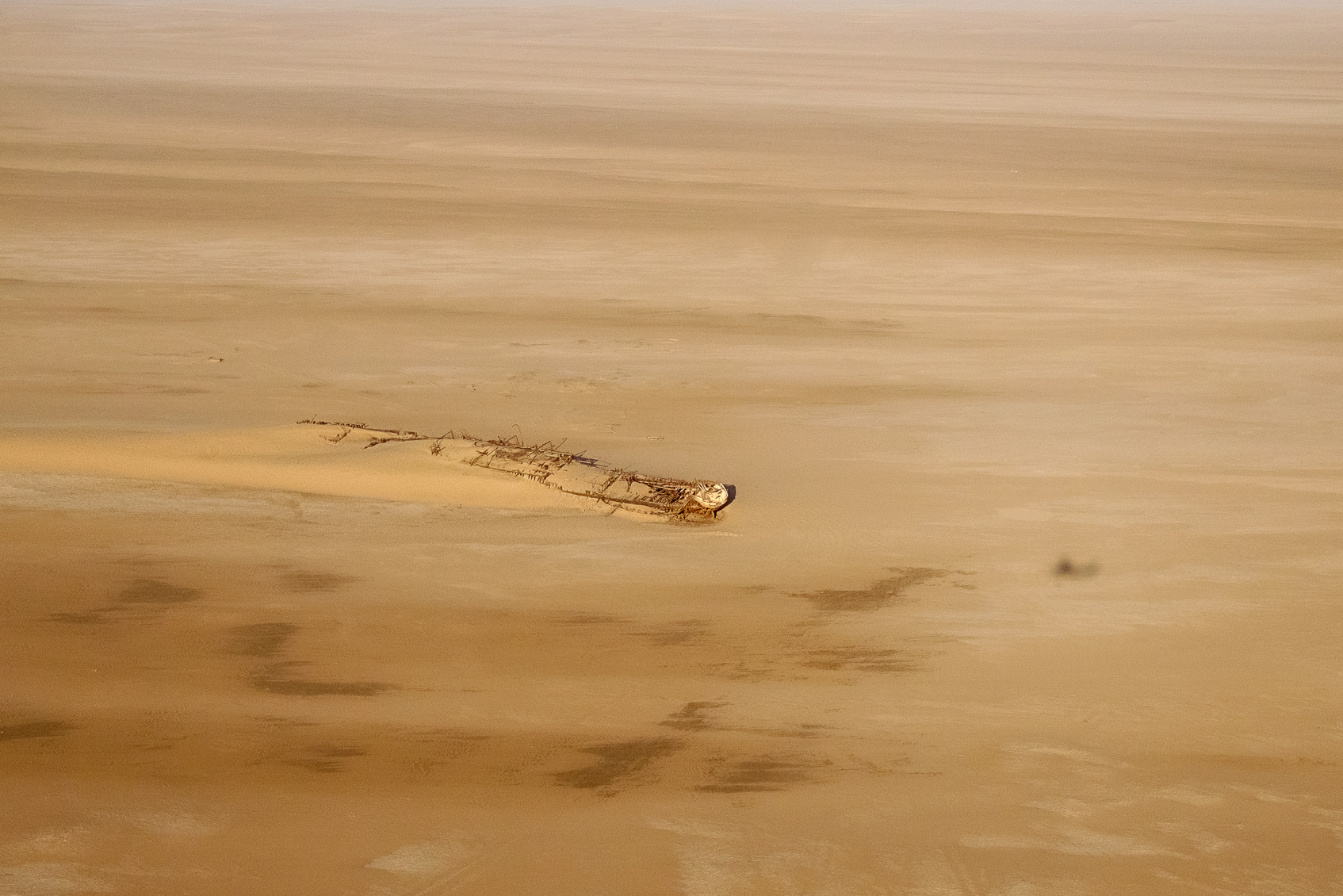The shipwreck Eduard Bohlen stranded due to thick fog on the Skeleton Coast. The Skeleton Coast is the most northern part of Namibia. This place we associate with many tales of shipwrecks and stranded sailors searching the Namib desert for food and water. Not only are there ship skeletons, but there are also whale and seal skeletons. Additionally, the discovery of a few human skeletons also transpired. The typical fog of this coast is exceptionally blinding. It is resulting in ships running aground or wrecking on the off-shore rocks. Some of the skeleton coast shipwrecks stranded while fog happened are in reasonably good condition. While other shipwrecks are barely recognizable.
Stranded Due To Thick Fog At The Skeleton Coast
This photo depicts the shipwreck, Eduard Bohlen which lies in the sand for many years. A 2 272 ton German passenger also cargo ship of the Woerman Line. It was a voyage from Swakopmund to the South African city of Cape Town. On the 5th of September 1909, a dense fog covered the sea. The 95-meter / 311 feet ship lost its way and ran aground in thick fog at Conception Bay. Undoubtedly this particular shipwreck Eduard Bohlen is one of the most photographed shipwrecks in Namibia. The wreck lays 800 meters / 875 yards from the shore.
There exist many other stories about the famous shipwrecks along the Skeleton Coast National Park. If you are interested, then have a look at these unfortunate tales.
Please visit our remarkable landscape photography portfolio. Explore the impressive white sand dunes and how the Skeleton coast looks at sunrise. Our photographs you can license or purchase as a photo wall art prints online.
This photograph is available to be purchased as a print. We offer our prints as unmounted fine art prints and framed prints that are ready-to-hang on your wall out of the box. Another option is that it can be licensed for personal or commercial use. Just click the add_shopping_cart icon left-hand side above the photo to select your choice.
For more information about the various types of prints we offer to purchase, please visit our Purchasing a print FAQ page.
Our Photo Licensing FAQ page explains the license types and helps you to choose the right license for your needs.
Before making a purchase, please read our Terms & Conditions page.

Thomas –
A great view from above of the Eduard Bohlen wreck. It is amazing how the sand of the desert is eating slowly that massive ship.
Anette Mossbacher –
Sooner or later the sand will have swallowed that boat totally. Thanks so much.
Lucy –
Wow! Fantastic aerial photo of the famous Eduard Bohlen shipwreck!
Anette Mossbacher –
It is like forgotten in the desert. I wonder how long it takes that the sand covered it totally! Thank you, Lucy.